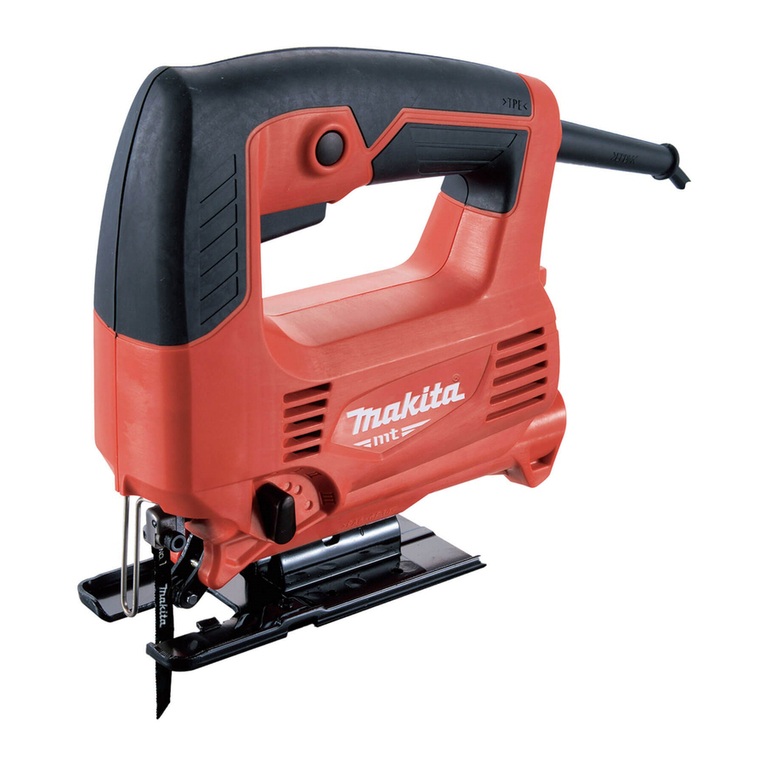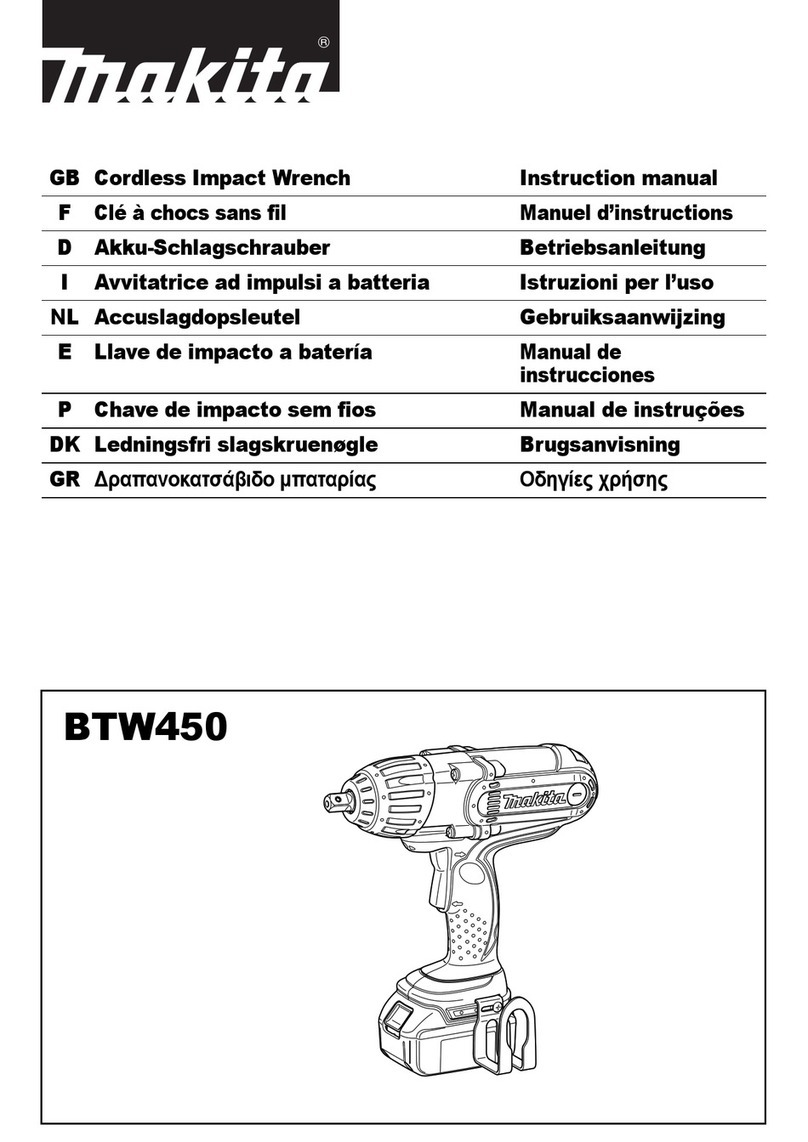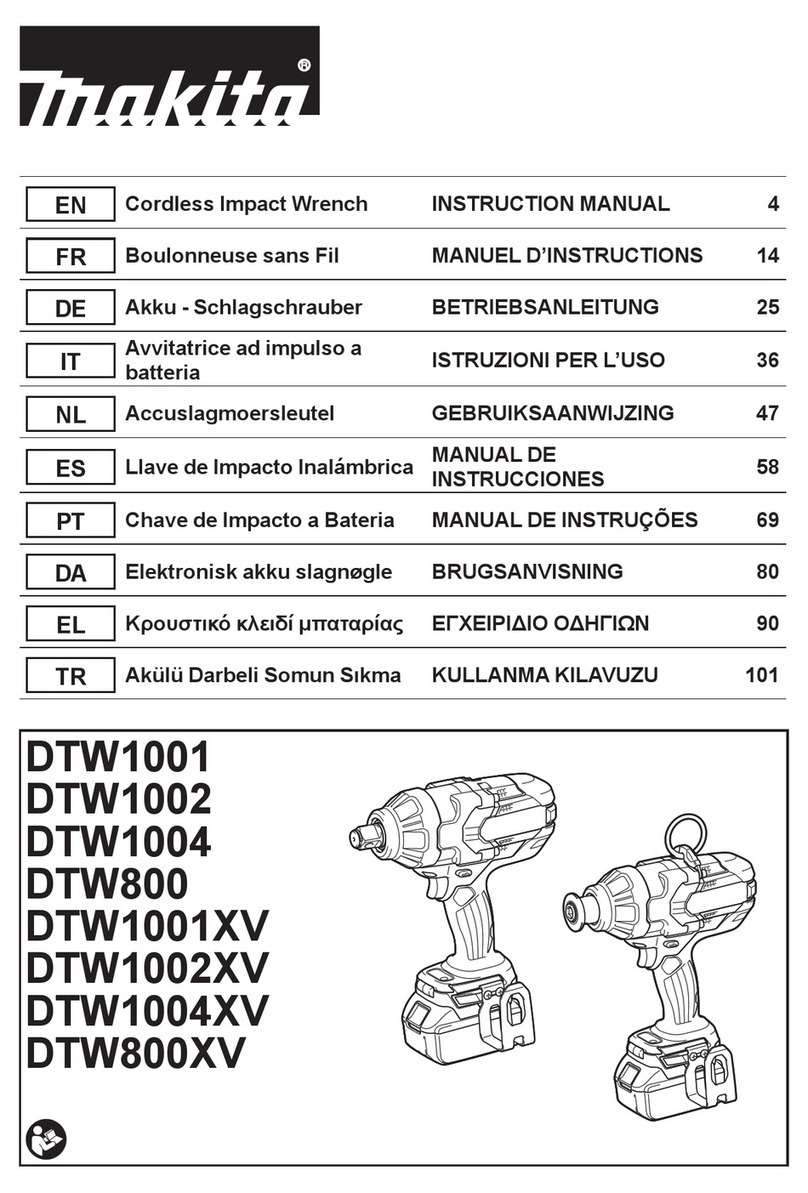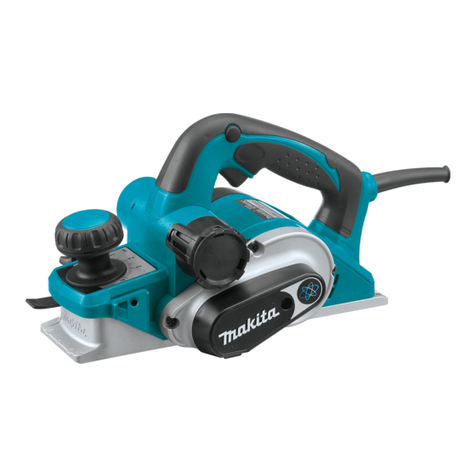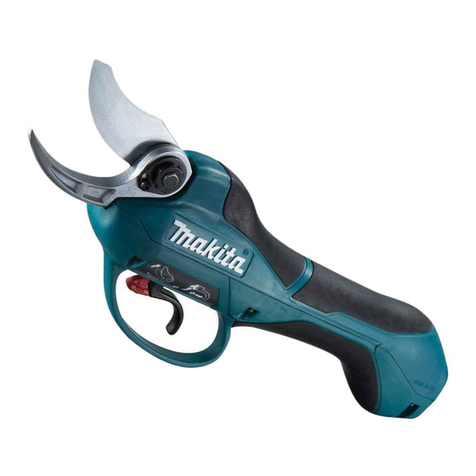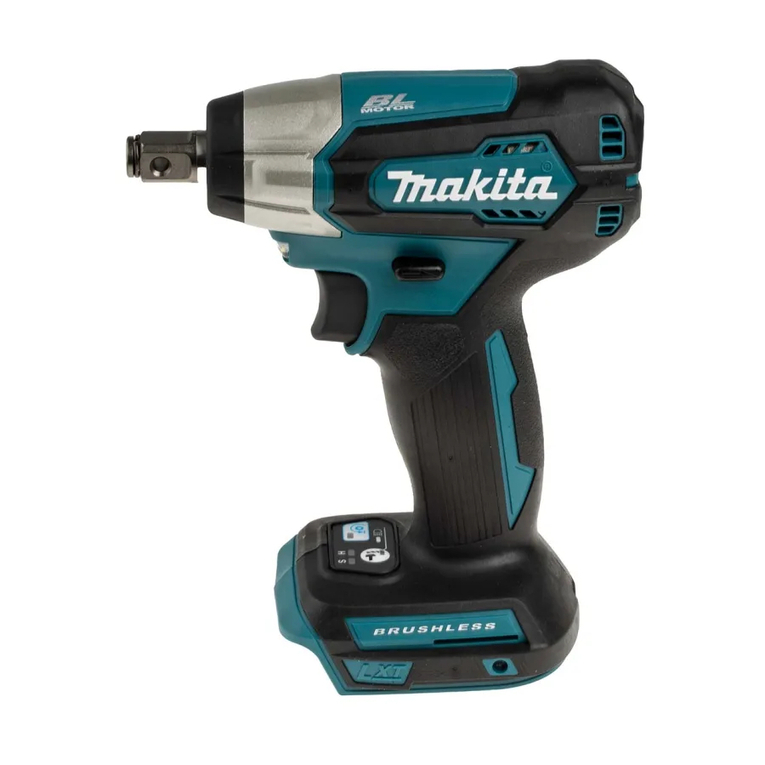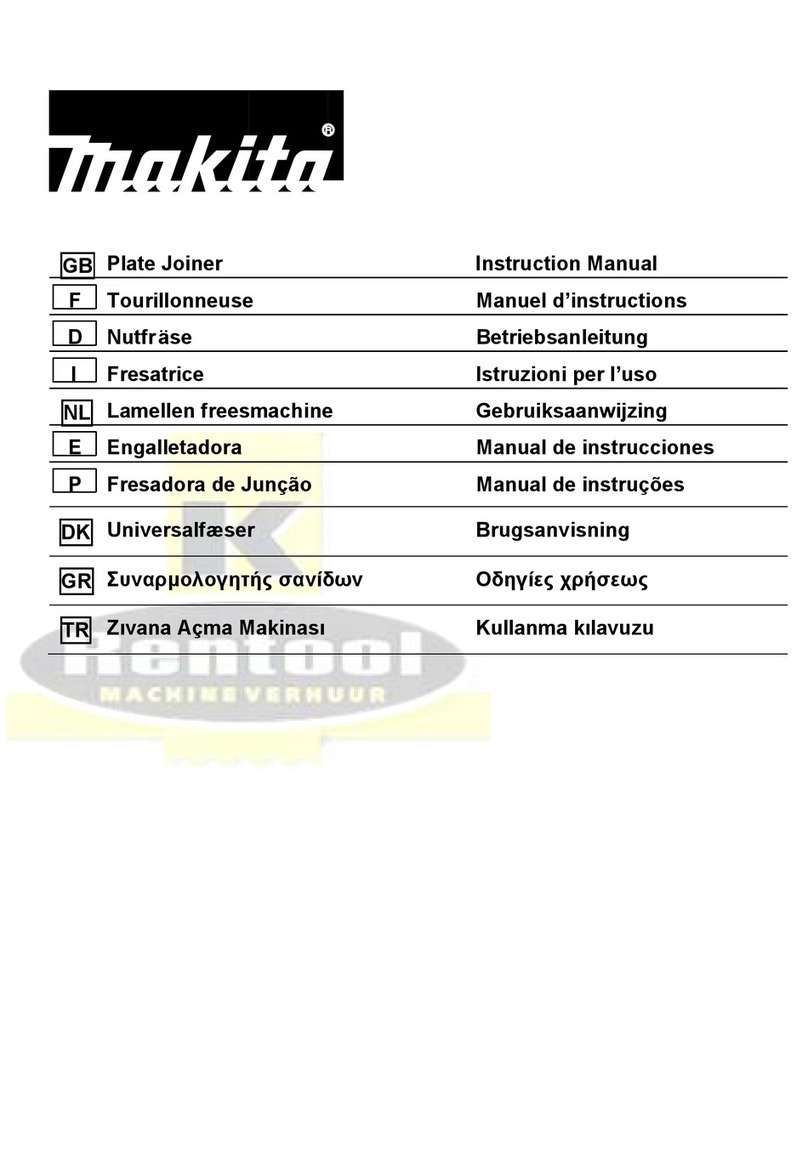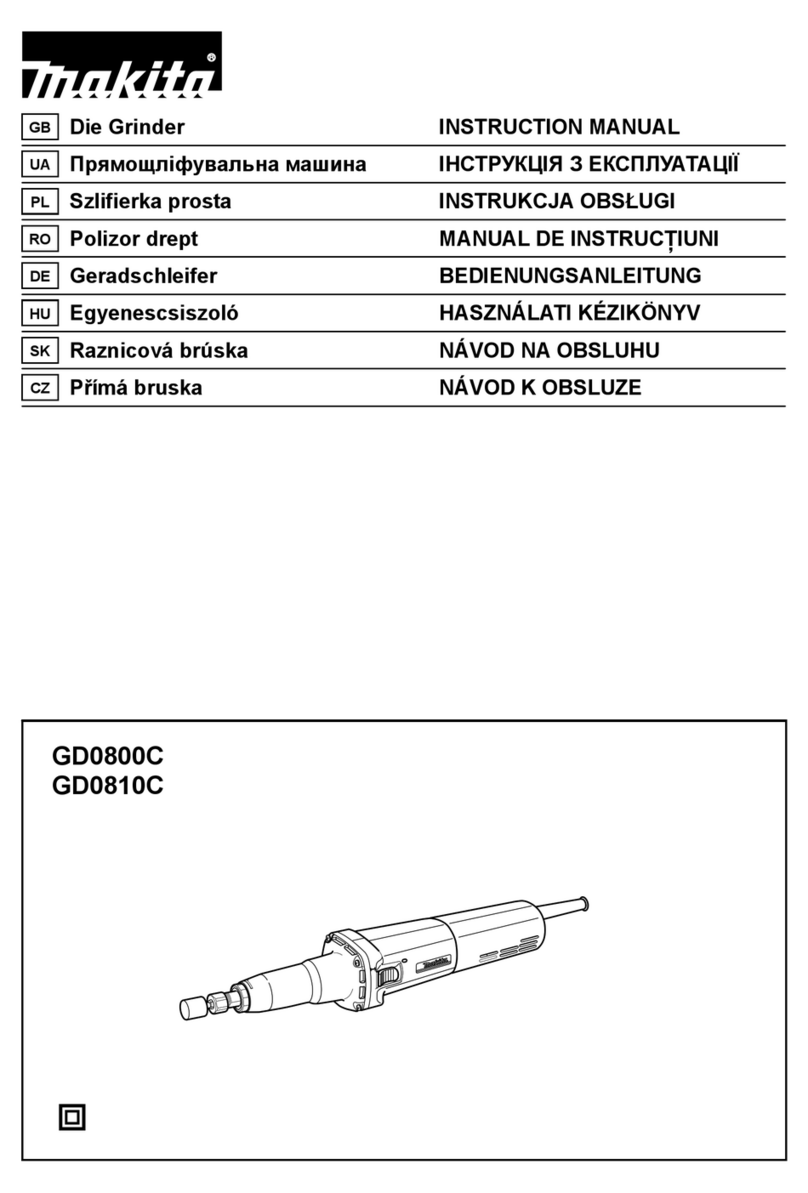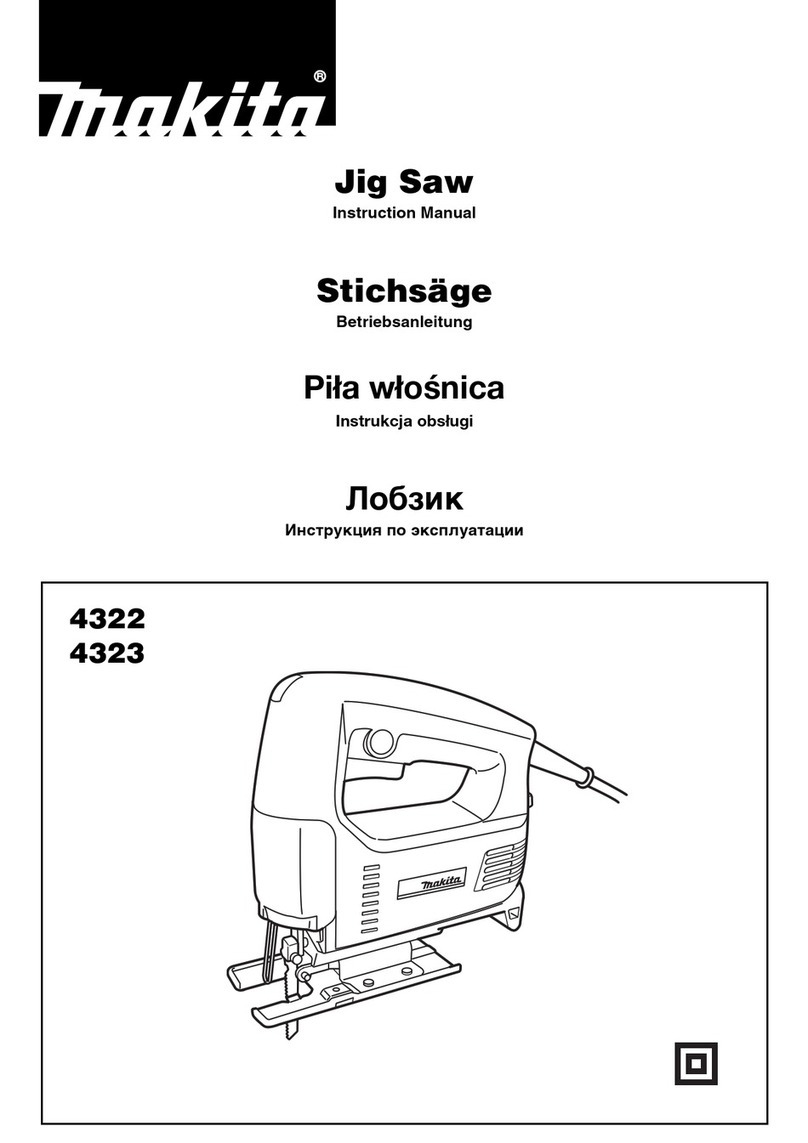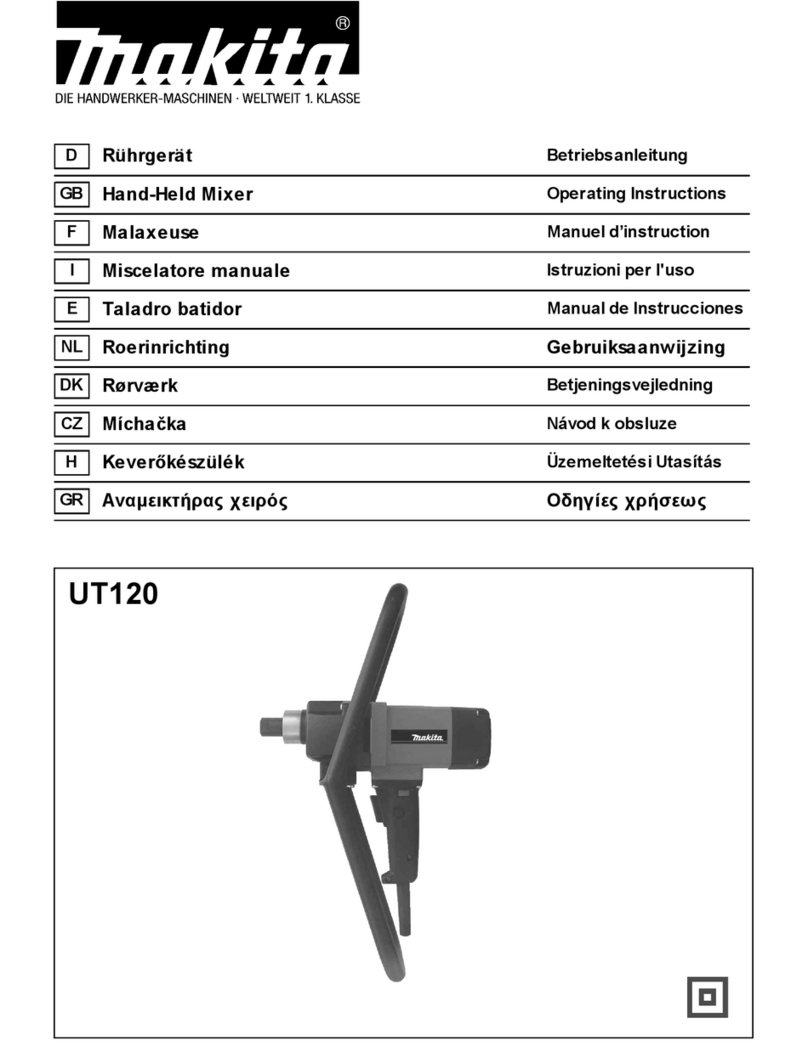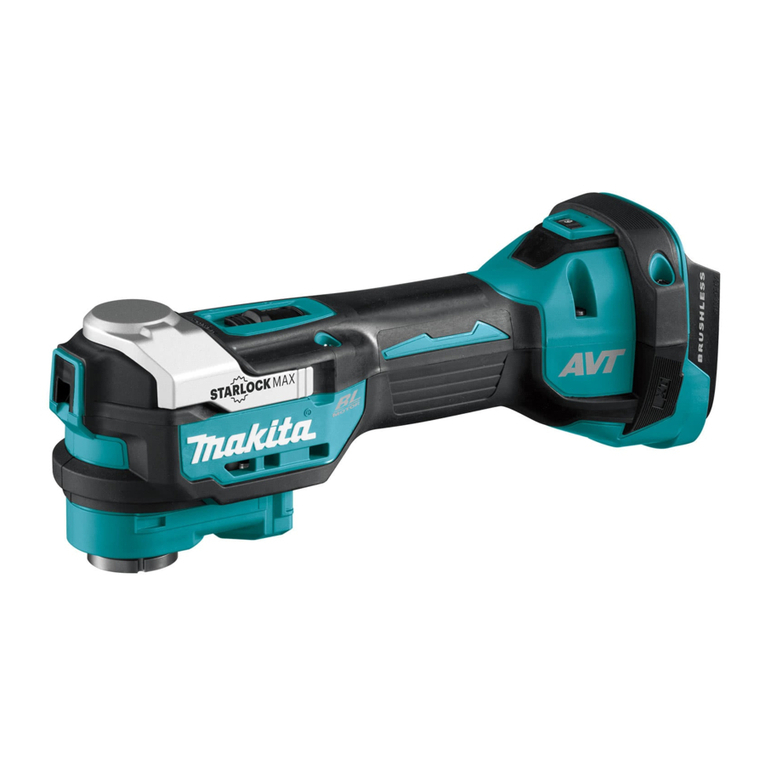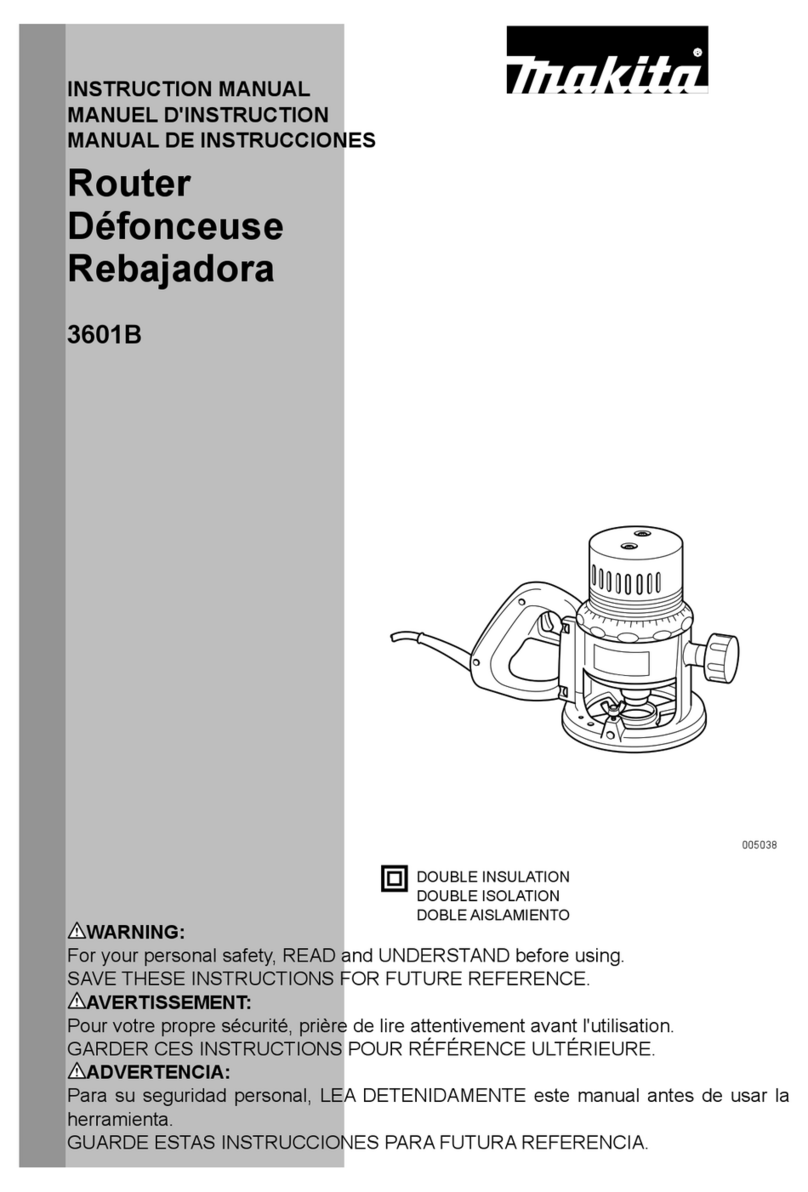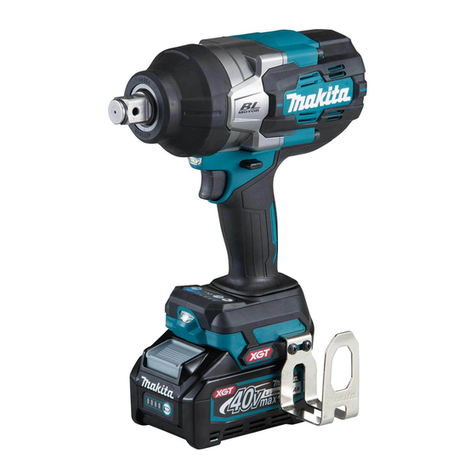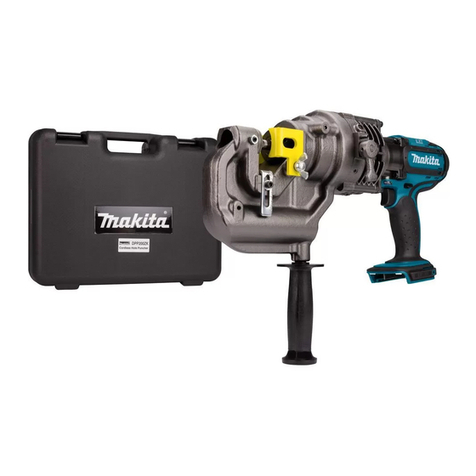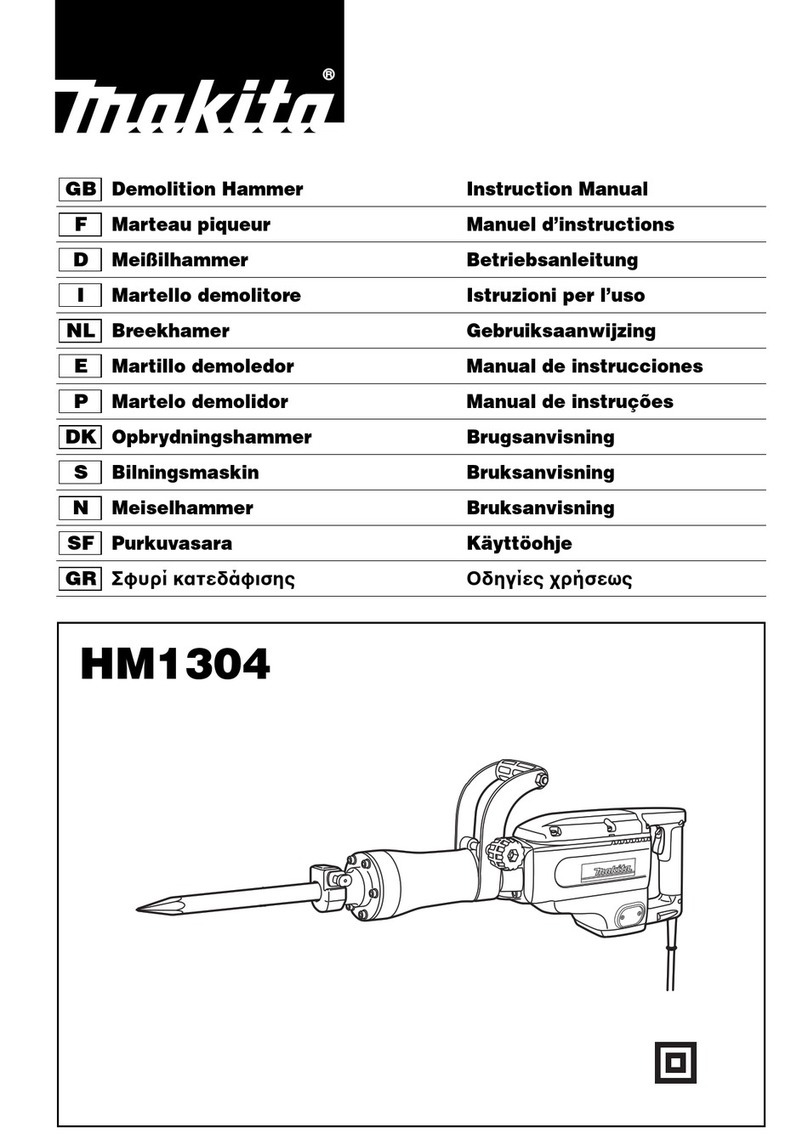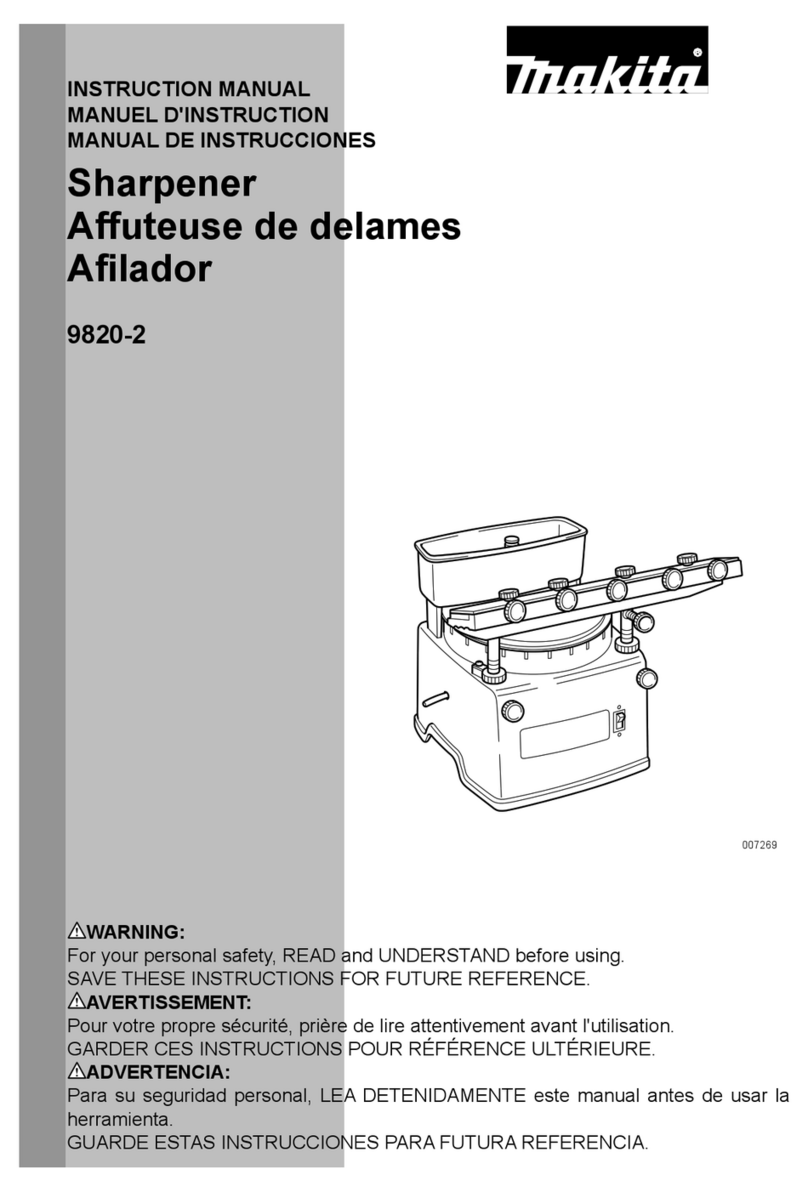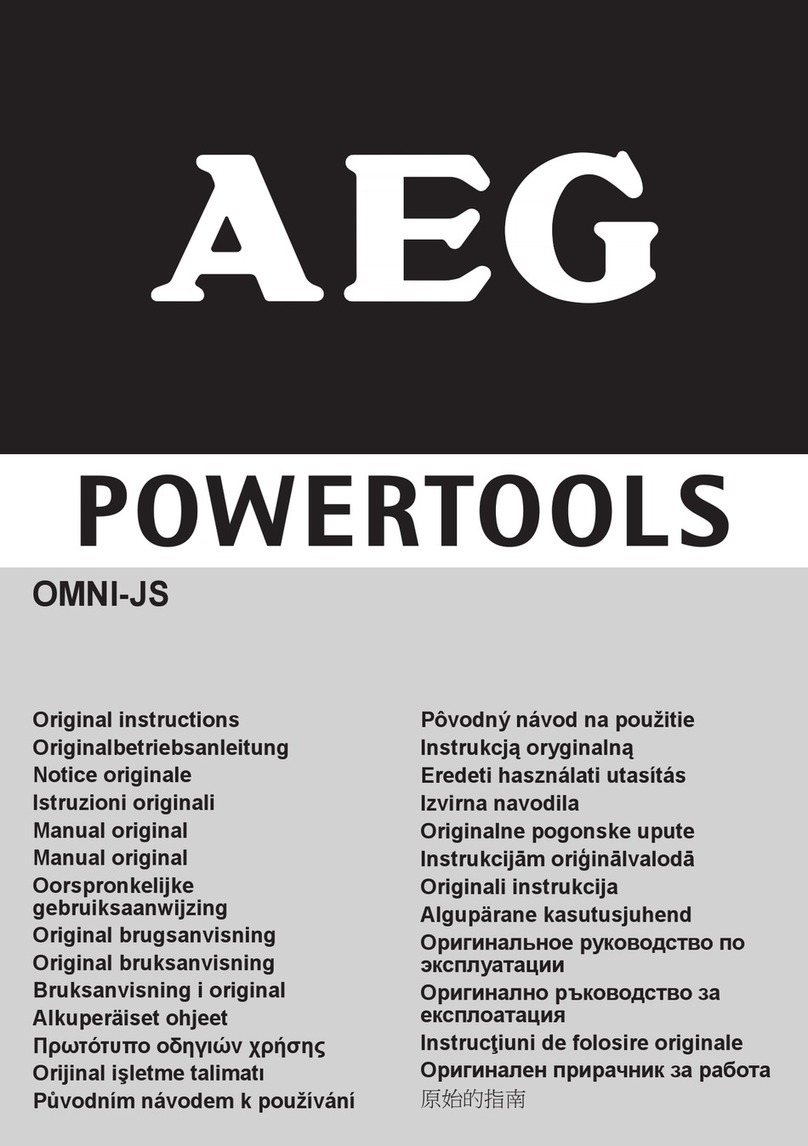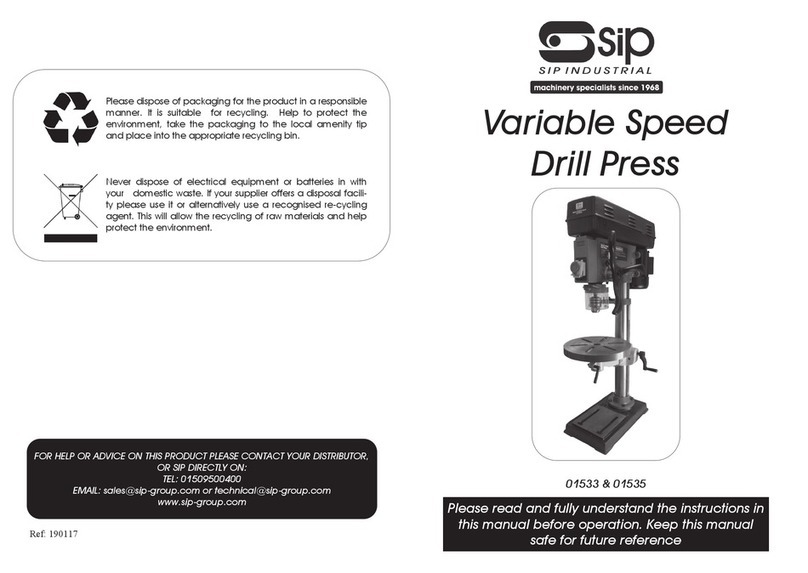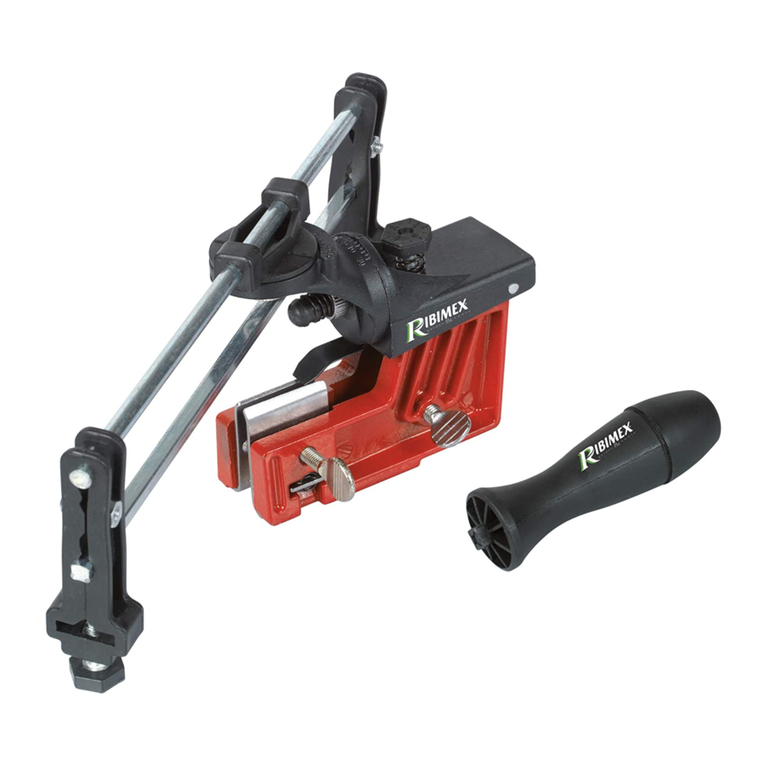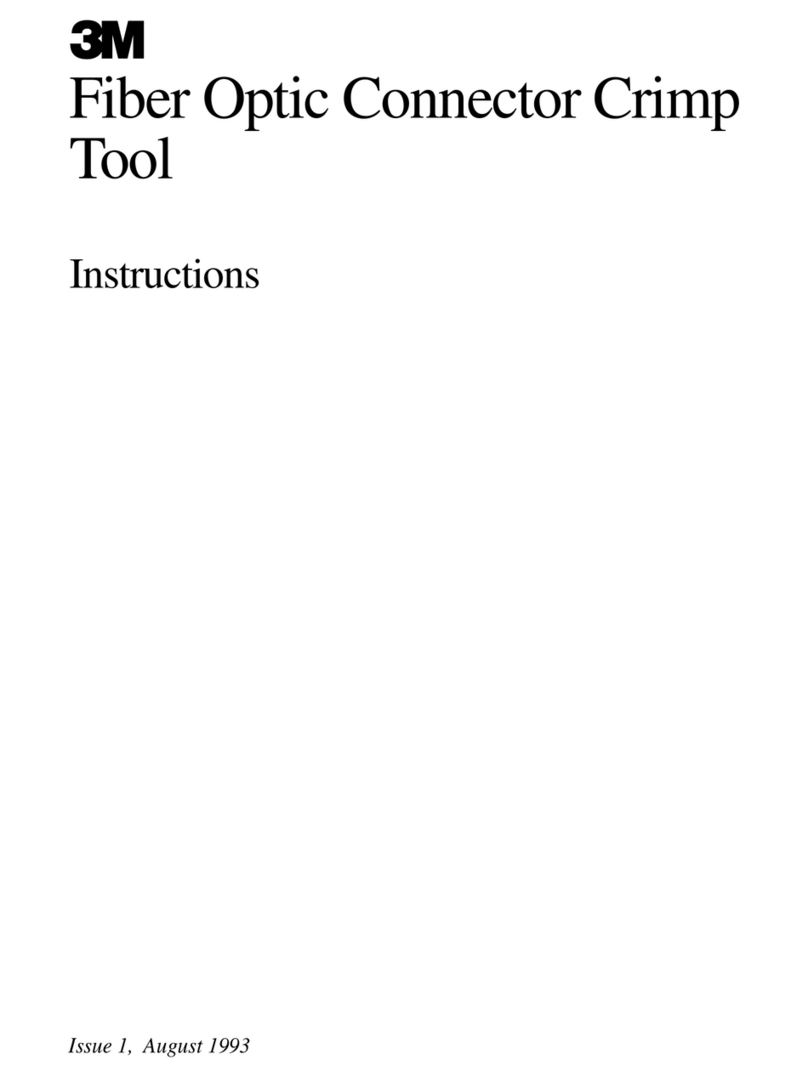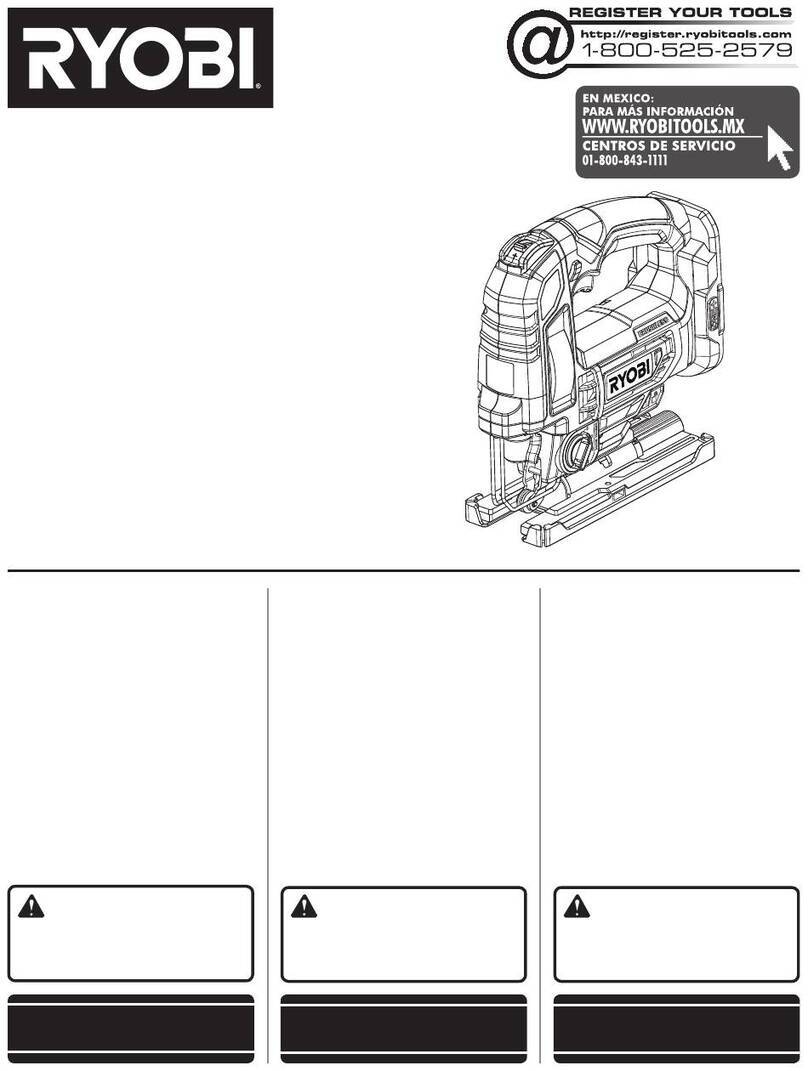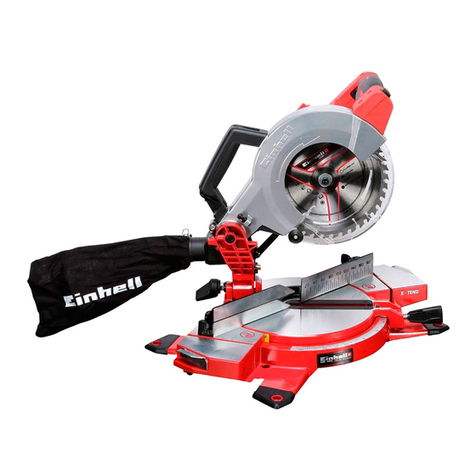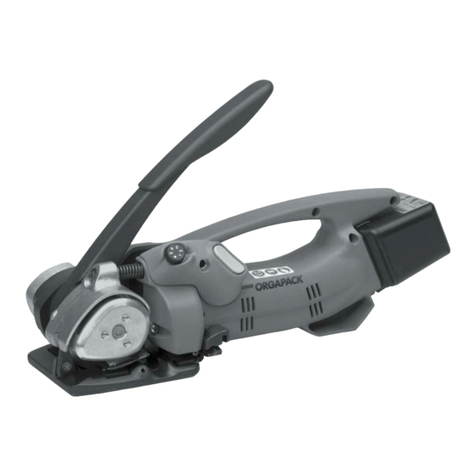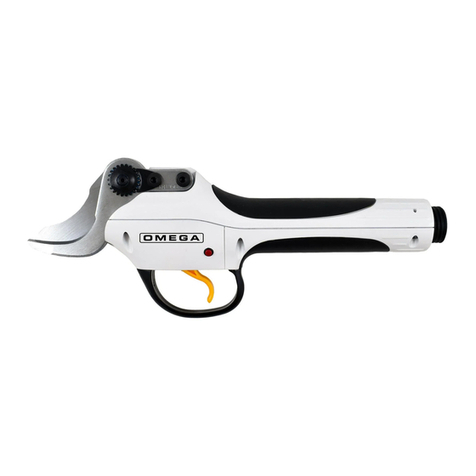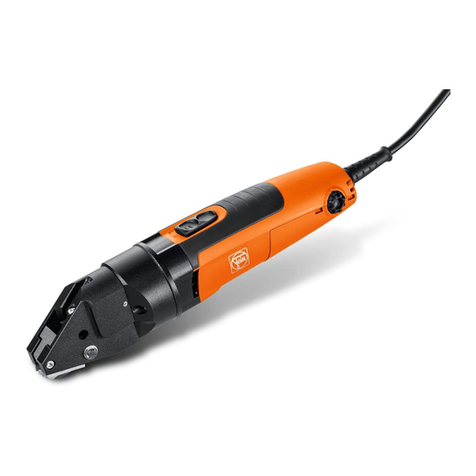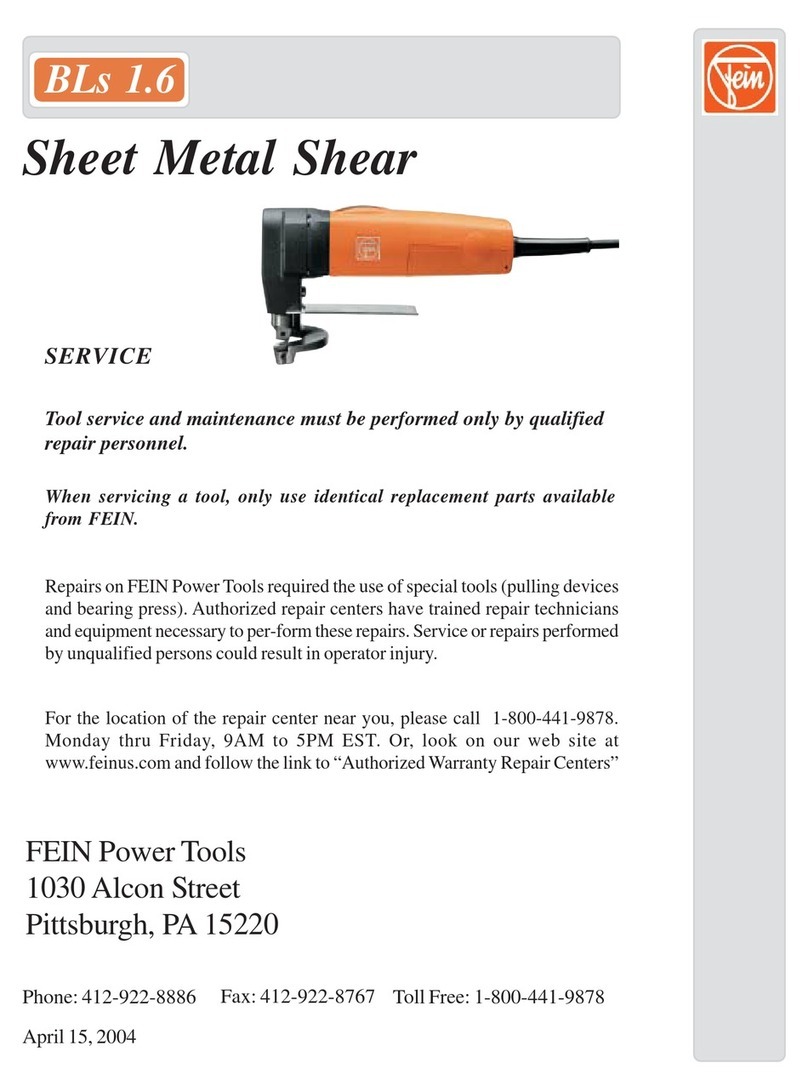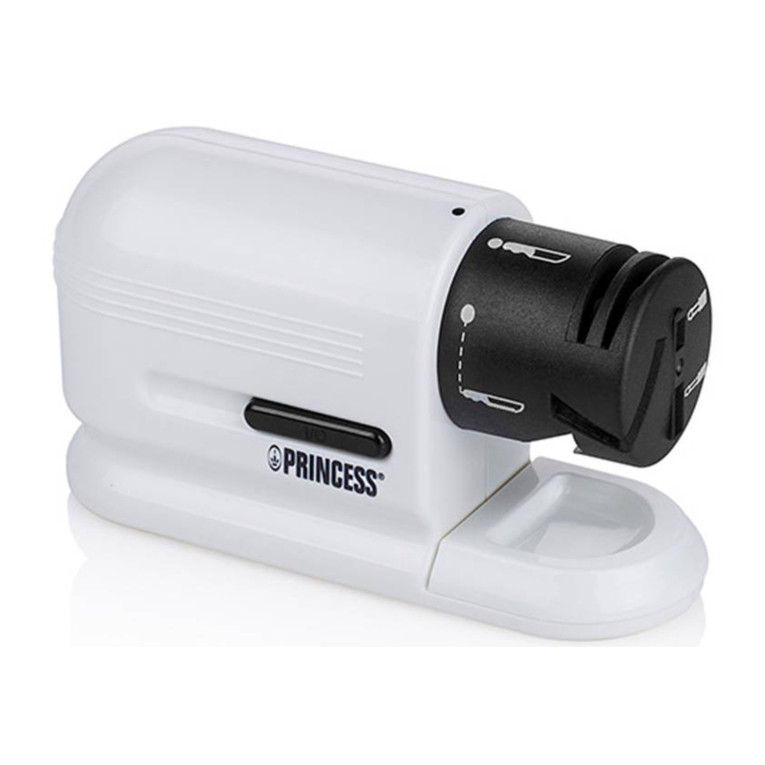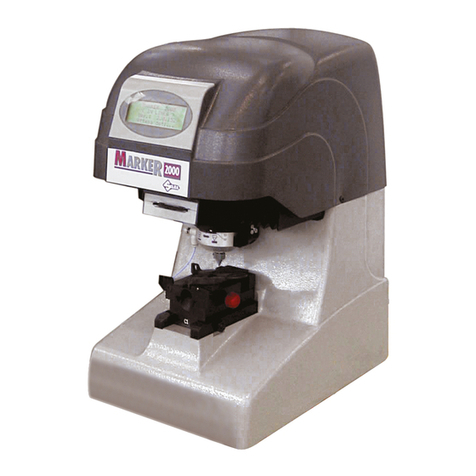GENERAL SAFETY RULES
(For
All
Tools)
WARNING! Read and understand
all
instructions. Failure
tofollow
all
instructions listed below, may result inelectric
shock, fire and/or serious personal injury.
SAVE
THESE INSTRUCTIONS
READ
ALL
INSTRUCTIONS.
WORK AREA
1.
Keepyour work area cleanand well
lit.
Cluttered benches and dark areas invite
accidents.
2.
Donotoperate power tools
in
explosiveatmospheres, such as
in
the presence
of flammable liquids, gases, or dust. Power tools create sparks which may
ignite the dust or fumes.
3.
Keep bystanders, children, and visitors away while operating a power tool.
Distractions can cause you to loose control.
ELECTRICAL SAFETY
4.
Double Insulatedtools are equipped witha polarizedplug(onebladeis wider
than the other.) This plug will fit in a polarized outlet only one way.
If
the
plug does not fit fully in the outlet, reverse the plug.
If
it
still does not fit,
contact a qualified electrician to install a polarized outlet. Do not change
the plug
in
any way. Double insulation
H
eliminates the need for the three
wire grounded power cord and grounded power supply system.
5.
Avoid body contact withgrounded surfaces such as pipes, radiators, ranges
and refrigerators. There is an increased risk of electric shock if your body is
grounded.
6.
Don't expose power tools to rain or wet conditions. Water entering a power
tool
will
increase the risk of electric shock.
7.
Do notabuse the cord. Never use the cordtocarry the tools or pullthe plug
from an outlet. Keep cordaway from heat, oil, sharp edges or movingparts.
Replace damaged cords immediately. Damaged cords increase the risk of
electric shock.
8.
Whenoperating a powertool outside, use an outdoor extension cord marked
"W-A' or "W." These cords are rated for outdoor use and reduce the risk
of electric shock.
PERSONAL SAFETY
9.
Stay alert, watch what youare doing and usecommonsense when operating
a power tool. Do not use tool while tired or under the influence of drugs,
alcohol, or medication.
A
momentof inattentionwhile operating powertools
may result in serious personal injury.
IO.
Dress properly. Do notwear loose clothing orjewelry. Contain long hair. Keep
your hair, clothing, and glovesaway from movingparts. Loose clothes, jewelry
or
long hair can be caught in moving parts.
2
